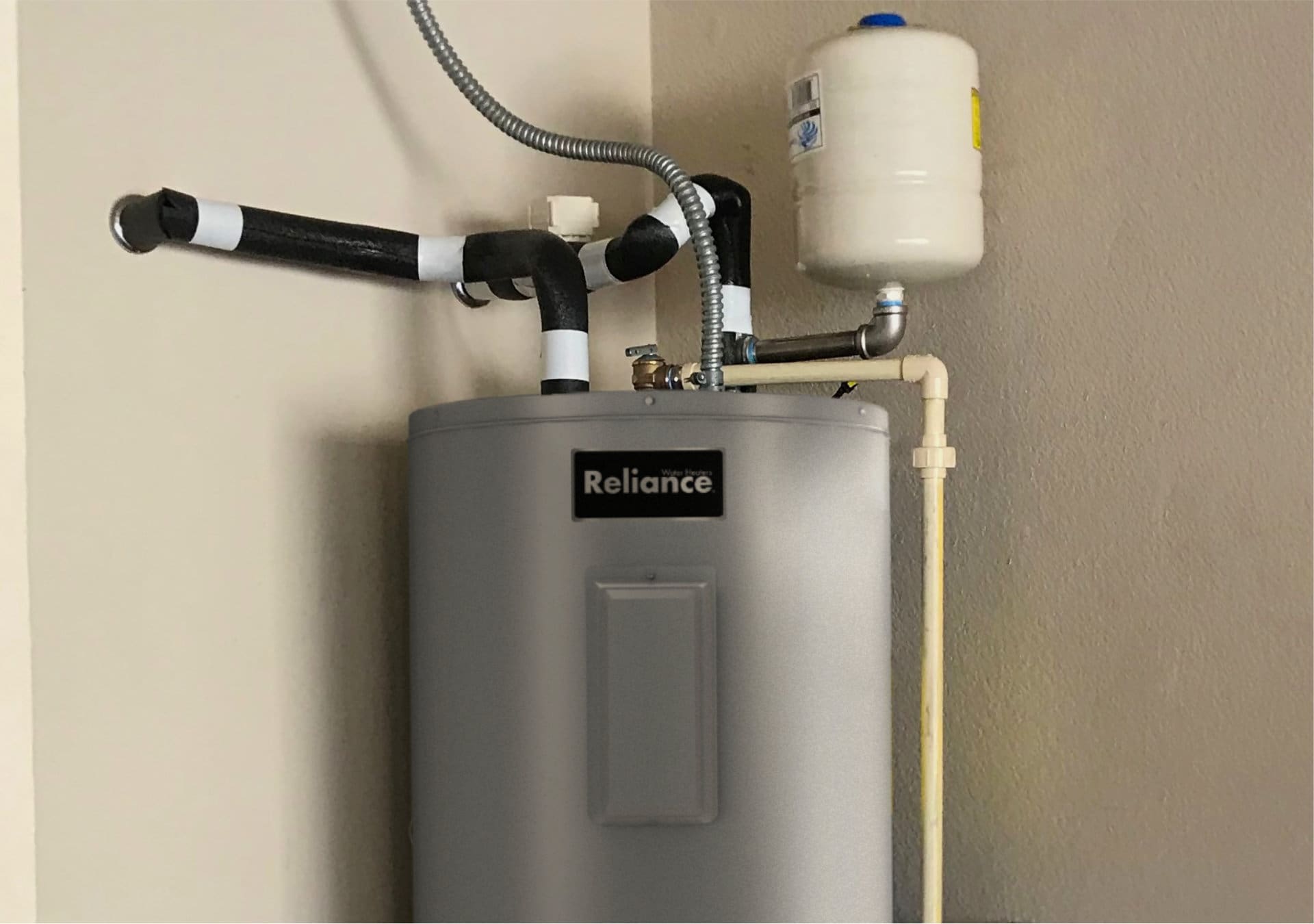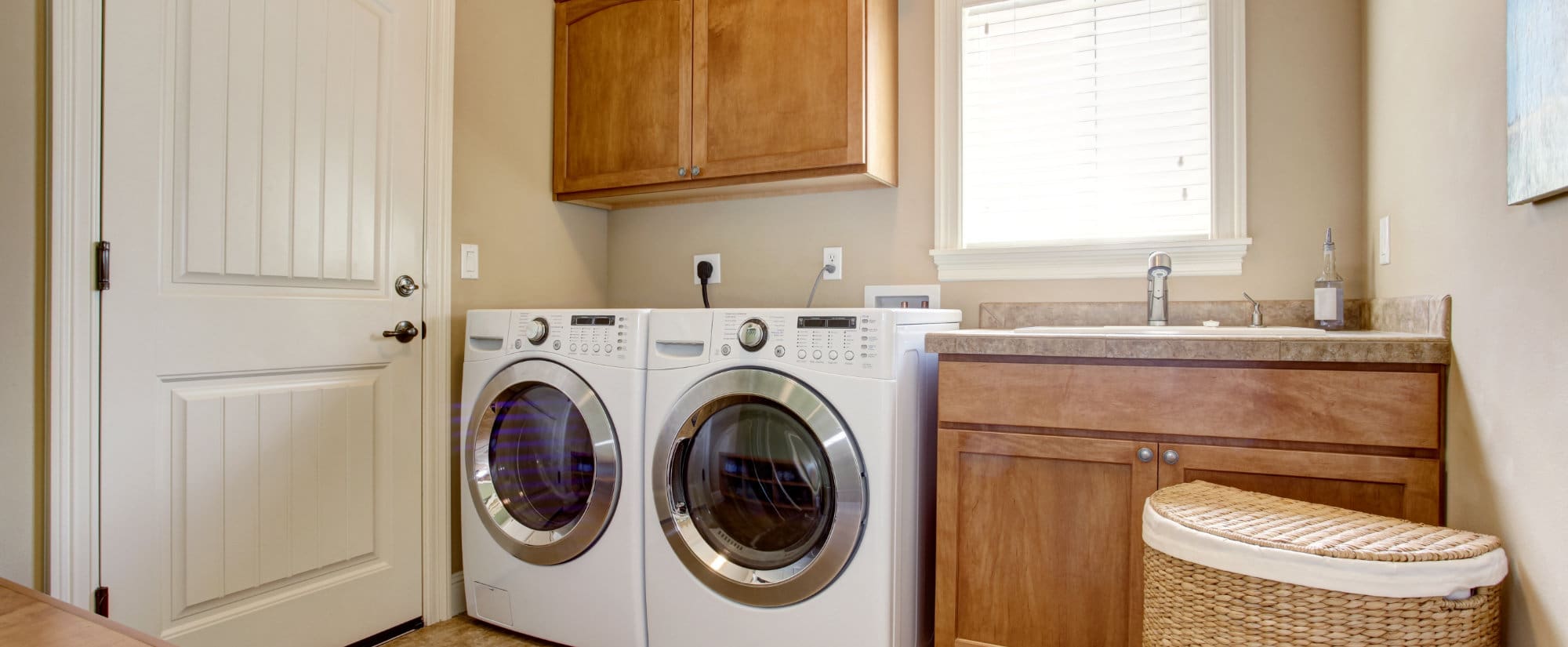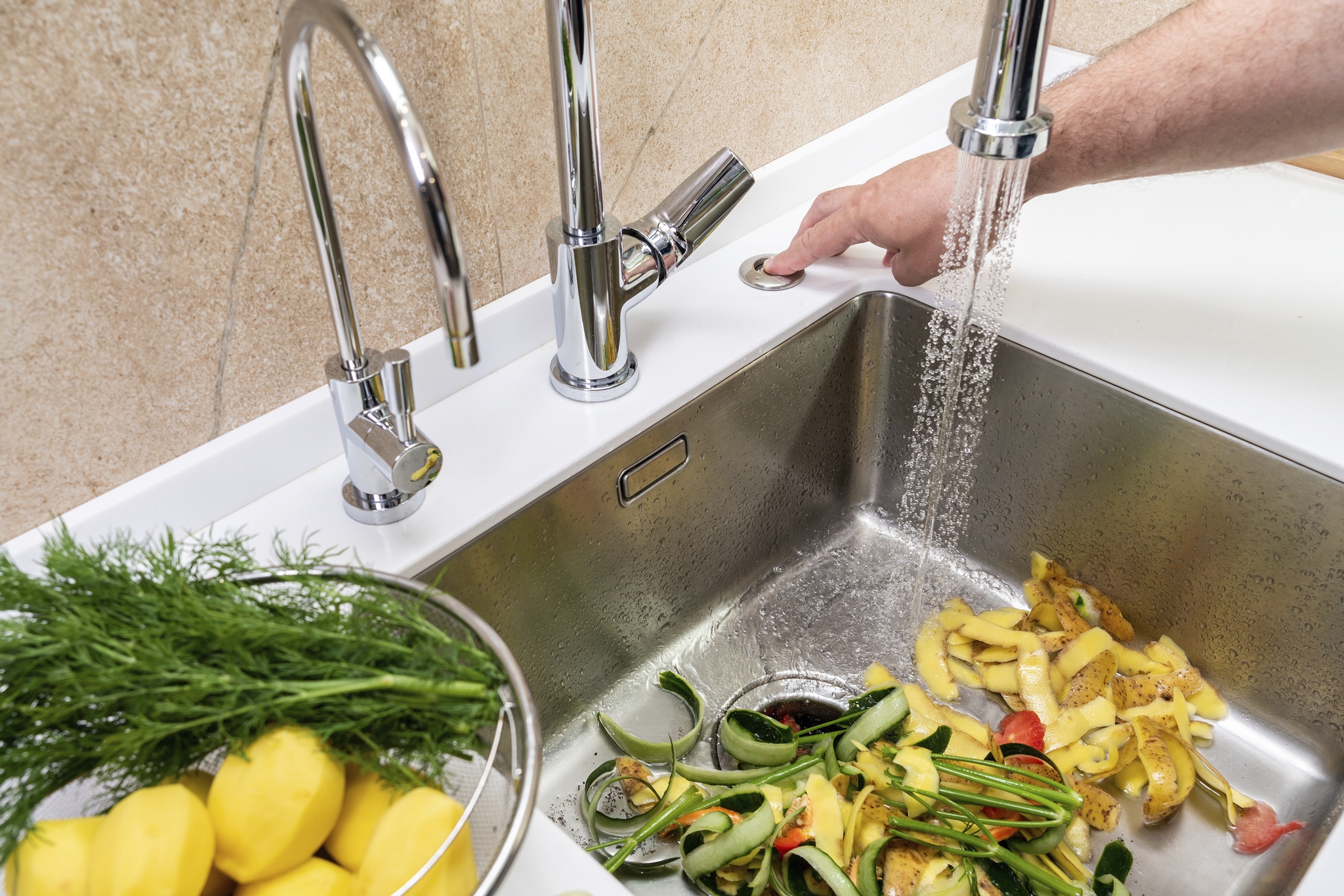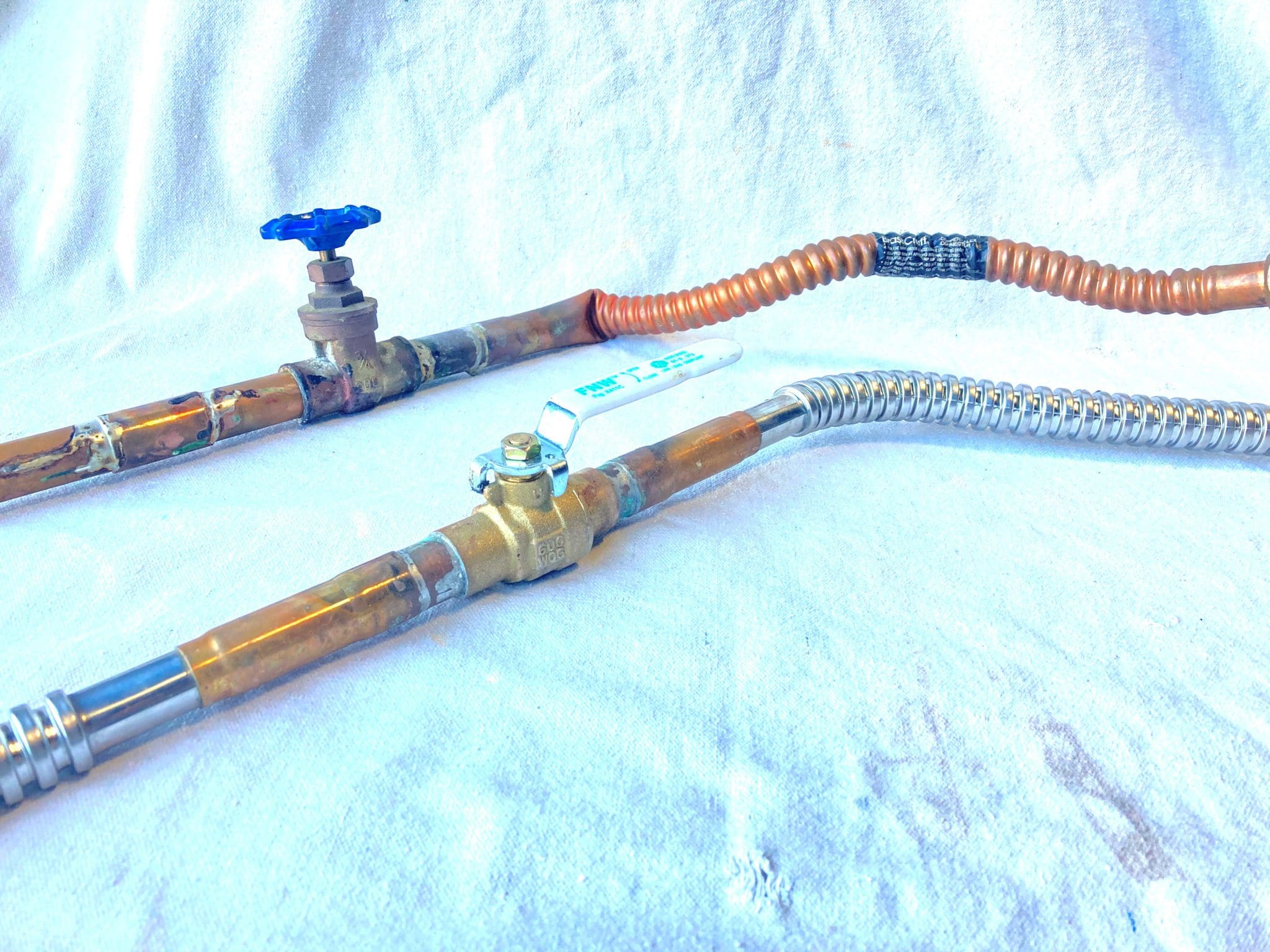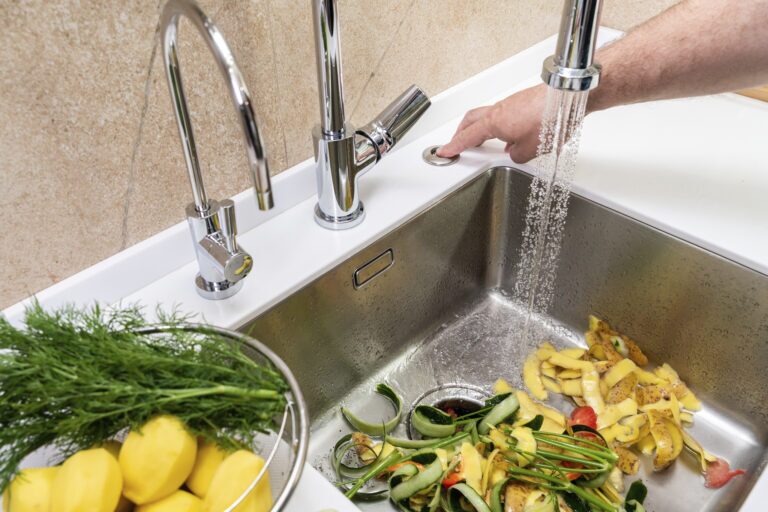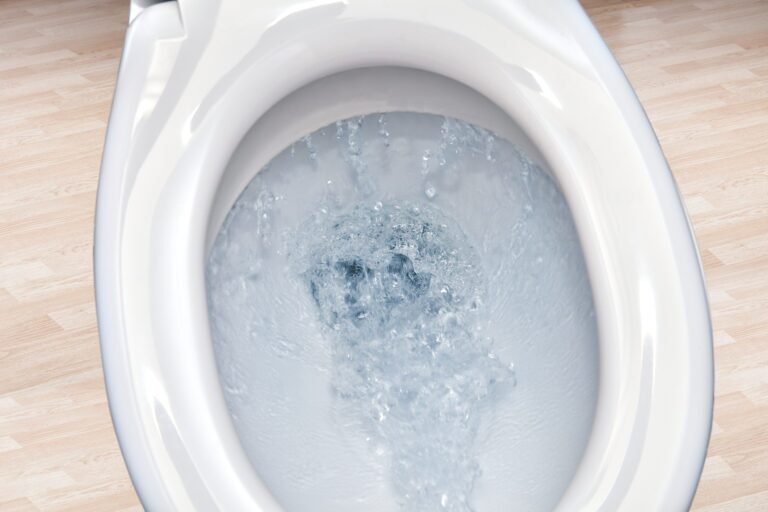Laundry room remodels are a great way to get the most out of your home. While not as flashy as a kitchen remodel or master bathroom upgrade, a laundry room remodel is typically a lot more budget-friendly and can have a surprising impact on your day-to-day lifestyle.
As you start thinking about different layouts and styles that might be possible with your space, it is important to keep in mind all of the plumbing implications. Here are the key plumbing components in the typical laundry room:
- Gas supply valve for gas dryer
- Faucet supplies and drains for utility sinks
- Water supply and drain for clothes washer
We’ll look at each of these individually and go over some of the implications of relocating them:
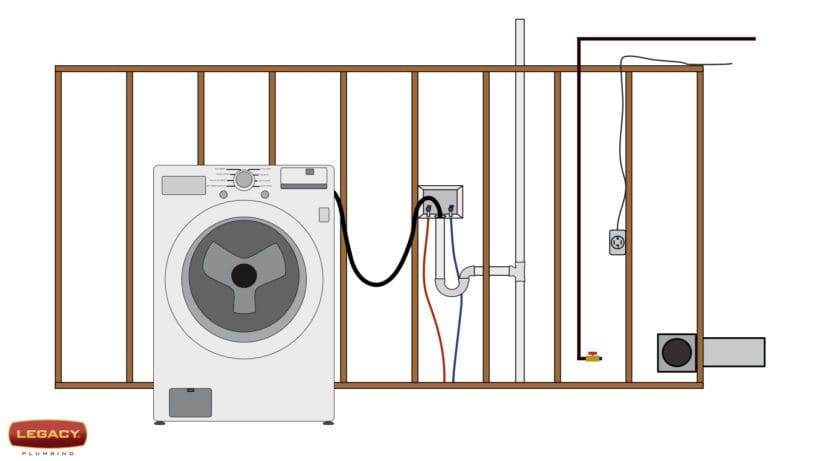
Moving The Gas Connection For A Gas Dryer
Many homes with gas service don’t even have a gas hookup option for a gas dryer! If your home does, you’ll need to consider relocating the gas supply valve to wherever you are planning on moving the gas clothes dryer.
Perhaps you have a gas valve, but only use an electric dryer? If this is the case, you may be tempted to ignore the gas valve and just move the electrical outlet. If you do this, consider the long-term implications. Will a future buyer of the home want the option for a gas dryer?
If you do decide not to retain the possibility of using a gas dryer, it is important to abandon the old gas valve properly. It should NOT be hidden in the wall or inaccessible location. Instead, the gas pipe that feeds this valve should be followed back to the location where it ties into the main trunk line. At that point, it will be disconnected and capped off. This way, you will eliminate the possibility of future gas leaks from this line or valve.
If you want to keep the gas hookup, but want to move it to a new location, there are different ways of doing so depending on the way your laundry room was originally designed.
If you just need the valve to move to one direction or another along the same wall, you may be able to reroute the gas line through the wall after cutting out some of the sheetrock. New holes will be drilled through the studs, and the new gas line will run through those to the new location.
If the gas valve needs to be moved to a new wall entirely, you may have to drop a new gas line down from the attic to the location where it needs to be. In this case, the old line in the wall will be disconnected and the gas line rerouted through the attic.
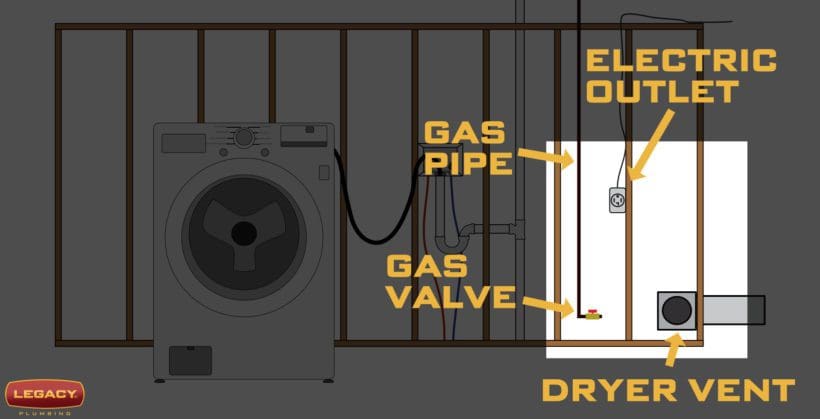
Moving The Faucet Supplies And Drain For A Utility Sink
Utility sinks are a very useful addition to the laundry room! A sink can often be moved to the right or to the left a few feet during a remodel with very little plumbing work required. This is because the p-trap below the sink can be up to six feet away from the vertical drain/vent pipe according to most plumbing codes in typical situations.
If the sink needs to be moved further than that or to a different wall, it becomes a lot more challenging because of the drain piping. Usually, the water supply pipes can be rerouted in the wall without too much work (either through the wall or across the attic). The drain pipe, however, has to be rerouted below the floor to the new location. If the laundry room is on a concrete slab, that can even be cost-prohibitive.
Moving The Water Supply And Drain For A Clothes Washer
Most clothes washers have the hot/cold water valves and the drain pipe in the same enclosure (commonly called a washer box). The hot and cold valves are just connected directly to hot and cold water pipes in the wall.
The drain pipe is a little different. All fixtures must have a p-trap where they connect to the drain piping system. This is a u-shaped pipe that keeps sewer gas from coming back into the house. Most sinks have the p-trap under the sink itself. For a typical clothes washer, the p-trap is inside the wall itself under the washer box.
If the clothes washer box needs to be moved to the left or right a few feet, this can usually be done just by opening up the wall and re-routing the pipes. The typical clothes washer box can be up to eight feet away from wherever the vertical drain/vent pipe is in the wall according to plumbing code.
If the washer box needs to be moved further than that or needs to be relocated to a different wall, it becomes a much bigger project. The drain/vent pipe will need to be rerouted under the floor – the same as for relocating a utility sink.
If the laundry room is on a concrete slab foundation, then the concrete will either need to be jackhammered or a tunnel will need to be dug under the slab in order to accomplish this.
The drain vent will also have to be relocated as well. This is usually a more straight-forward process. The vent pipe can often be rerouted through the attic to the new location. In some areas, there is the option to install an air admittance valve instead of the traditional vent through the roof.
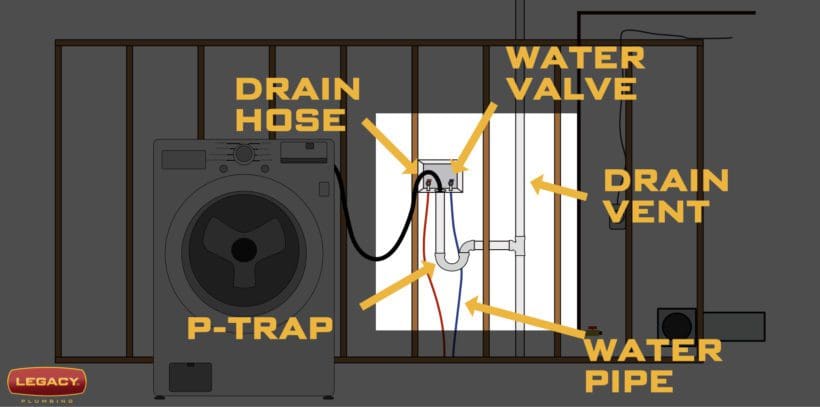
Other Factors To Consider During A Laundry Room Remodel
Hopefully, this helps you understand some of the plumbing considerations involved in remodeling a laundry room and moving the dryer and clothes washer. In addition to the plumbing, there are a few other things to keep in mind:
Don’t forget about the electrical side of things, as outlets may need to be relocated! It is important to contact a qualified electrician to make sure this is done safely.
Also, you will have to make an arrangement for the dryer vent. Fortunately, this doesn’t have to slope downward like a drain line, but it will still need to be routed to the exterior of the home.
If you need help with moving the plumbing pipes for your laundry room remodel, feel free to give us a call! We can discuss your particular situation and any unique considerations. Legacy Plumbing’s licensed professionals do plumbing work by-the-book. This means you can rely on all work being done safely and up to code.




